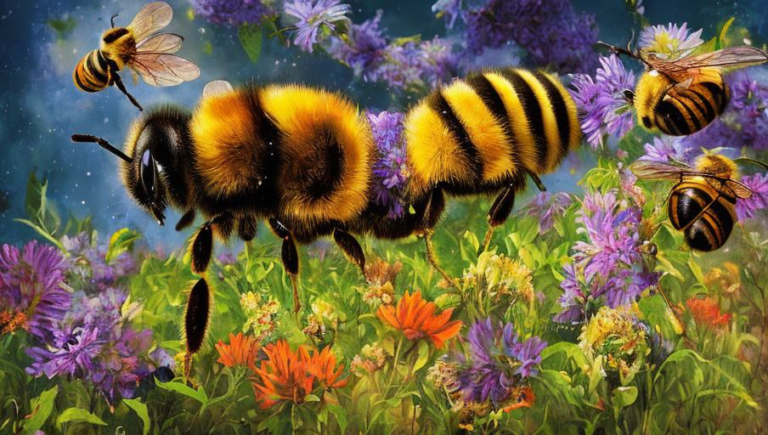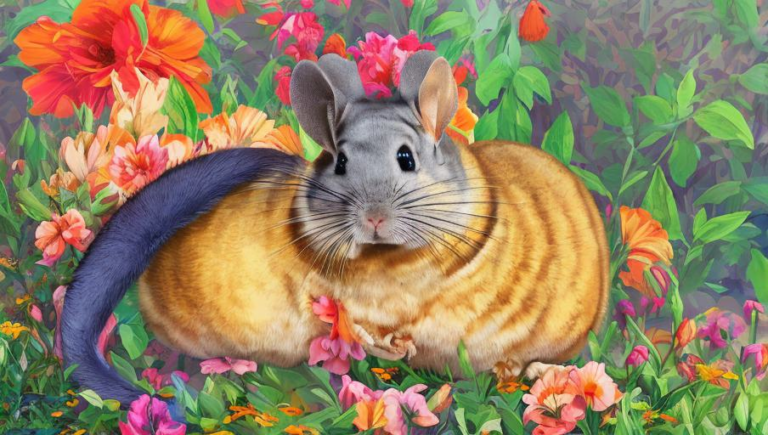Comparing Alpaca Diets

Comparing Alpaca Diets
Alpacas are a domesticated species of camelid, originating from the Andes Mountains in South America. Alpacas are highly sociable animals, living in herds and bonding with humans. They are mainly kept for their fleece, which is used to make a variety of warm and luxurious clothing items.
Alpacas are herbivores, with a highly specialized digestive system that is adapted to their mountainous environment. They feed mainly on grasses, but also eat a variety of other plants, as well as hay, grains, and minerals. In captivity, alpacas are typically fed a specialized diet, which is designed to provide the necessary nutrients for their health.
Natural Diet of Alpacas
In the wild, alpacas graze on a variety of grasses, herbs, and other plants. They prefer to graze in areas that are at least partially open, such as alpine meadows and open woodlands. Alpacas also feed on a variety of shrubs, which provide them with important minerals and nutrients. Alpacas are mostly grazers, but they will also eat other plants, such as cacti, when available.
Alpacas are highly selective when it comes to their diet. They prefer certain plants over others, and will carefully examine each plant before deciding if it is suitable for consumption. This is especially true in areas where food is scarce, as alpacas will often eat a variety of plants to ensure they are getting all the necessary nutrients.
Captive Diet of Alpacas
In captivity, alpacas are typically fed a variety of grains, hay, and minerals. This diet is designed to provide the necessary nutrients for their health and well-being. Grains such as oats, barley, and wheat are commonly used, as are hay and minerals. Alpacas may also be fed treats such as apples, carrots, and other fruits.
In addition to their regular diet, alpacas should also have access to fresh water at all times. They should also have access to salt licks and other minerals, as these are essential for their health and development. Alpacas should also have plenty of space to exercise and roam, as this is essential for their wellbeing.
Differences Between Wild and Captive Alpacas
The diet of wild alpacas is much more varied than that of captive alpacas. Wild alpacas are able to feed on a variety of plants, which helps to ensure they are getting all the necessary nutrients. Captive alpacas, on the other hand, are typically fed a much more limited diet, which can lead to nutritional deficiencies. As such, it is important to ensure that captive alpacas are receiving all the necessary nutrients in their diet.
The diet of wild alpacas is also much more diverse than that of captive alpacas. Wild alpacas are able to feed on a variety of plants, which helps to ensure they are getting all the necessary nutrients. Captive alpacas, on the other hand, are typically fed a much more limited diet, which can lead to nutritional deficiencies. Therefore, it is important to provide captive alpacas with a variety of food sources to ensure they are getting all the necessary nutrients.
Conclusion
Alpacas are highly sociable animals, living in herds and bonding with humans. They are mainly kept for their fleece, which is used to make a variety of warm and luxurious clothing items. Alpacas are herbivores, with a highly specialized digestive system that is adapted to their mountainous environment. Wild alpacas have a much more varied and diverse diet than captive alpacas, which can lead to nutritional deficiencies in captivity. Therefore, it is important to ensure that captive alpacas are receiving all the necessary nutrients in their diet.





